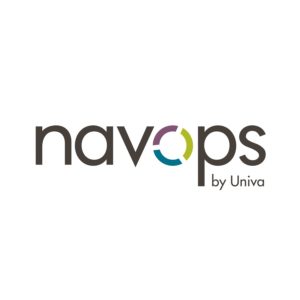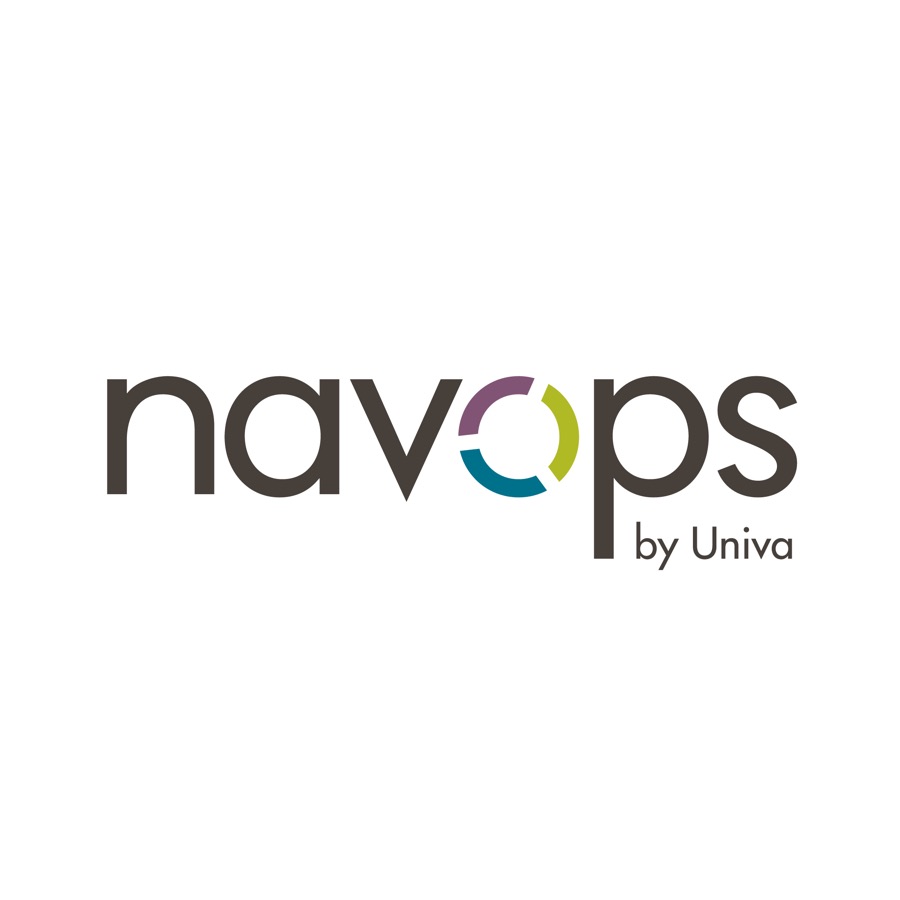 Today Univa announced its latest version of Navops Launch, version 1.1, which offers enterprise users the ability to migrate their HPC workloads and processes to the cloud with higher efficiency and agility.
Today Univa announced its latest version of Navops Launch, version 1.1, which offers enterprise users the ability to migrate their HPC workloads and processes to the cloud with higher efficiency and agility.
Though the cloud offers today’s enterprise organizations limitless options, their budgets do, in fact have limits,” said Rob Lalonde, VP and GM of Cloud at Univa. “With this in mind, the Univa team designed its newest version of Navops Launch to help make the administration of day-to-day cloud usage simpler than an unrestricted cloud queue as a way to help control costs, while still optimizing on efficiency and agility. We strive to make our customers cloud experience as close to a NoOps model as possible.”
According to an Intersect360 report on Worldwide High Performance Computing, cloud spending by HPC customers grew by 44 percent from 2016 to 2017, placing cloud-based spending at around $1.1 billion for 2017. Though the highest potential for HPC cloud spend is yet to come, challenges still remain with customers seeking better solutions to manage and prioritize cloud usage. This newest version of Navops Launch delivers new data staging capabilities to help users prioritize how to migrate their data, based on when and what is needed. With these new capabilities, users do not pay for cloud servers while the data is in flight when using a shared file system in the cloud. Additionally, Navops Launch’s unique automation features intelligently right-size and place workloads in the cloud to improve the cost efficiency for enterprise users migrating to the cloud.
With visibility to workload and cloud metrics, Navops Launch can modify users’ workload resource placement requests in the cloud, so they are not required to change their workflow or submission scripts. These unique automation capabilities give HPC users the control and knowledge of where their workload is running and the related costs.
New features in Navops Launch 1.1 designed to simplify HPC cloud migration include:
- Migration support: Navops Launch 1.1 fully supports hybrid clusters or all-in cloud clusters, for Amazon AWS, Microsoft Azure and Google Cloud Platform, including support for GPUs and spot/preemptable/low-priority virtual machines.
- Advanced automation capabilities: The sophisticated automation engine with customizable automation actions that are configurable from the Navops Launch GUI, gives HPC users control of their workloads. Additionally, this new version of Navops Launch offers built-in, scale up and down automation capabilities for optimal control and agility
- Deploy and manage dedicated and hybrid clusters: Users can create and manage multiple Univa Grid Engine® clusters to meet increasing workload demands. The platform’s intuitive dashboard provides full visibility for creating and managing these HPC clusters.
Univa was also recently selected as a Stevie Award winner in the Cloud Infrastructure category of the American Business Awards for its Navops Launch solution. This recognition further demonstrates Univa’s unique capabilities to develop a solution that equips the hybrid cloud community with an innovative, efficient and cost-effective tool for HPC management – that is not confined to infrastructure environments or workload demands. Navops Launch gives users predictability, monitoring and control over their cloud expenditures, while keeping IT costs low and not compromising on scale.
Navops Launch offers a more simple and agile path to the cloud for HPC workloads. Navops Launch 1.1 is being proven in production at many of Univa’s enterprise hybrid cloud customers. Additionally, Navops Launch offers users the ability to deploy and manage hybrid and dedicated HPC clusters for thousands of applications, including AI, machine learning, life sciences, manufacturing and transportation. This powerful hybrid HPC cloud management platform also offers the unique ability to achieve extreme scale of more than a one million core HPC clusters.




